How I Use Tasks in OmniFocus
For about 25 years, I got through life by procrastinating on my obligations until an emergency arose and then used my intellectual brute strength to avert disaster. About halfway through my first year of teaching, I realized this was not sustainable, and I started trying to strengthen my organizational game.
Philosophy
I started with some online research, expanded into some podcasts, and eventually ended up reading some books. While there are a ton of resources out there for getting organized and more productive, one of the titans in the field is the Getting Things Done methodology. This post is not about GTD, but I wanted to share this caveat with you because it serves as a North Star for my productivity decisions.
A core philosophy of GTD that I abide by is: your brain is for having ideas, not for storing them. This axiom implies that I need a system for storing and organizing my obligations, tasks, projects, and more. My brain can not be said system. Being who I am, this system will have a better chance of being maintained and utilized if it is technological.
In January of 2013, I started that process by buying an app called 2Do. Fast forward to today, and I am using OmniFocus. I’ll talk more about how I got from the beginning to the end of that timeline in a future post. For now, I want to give an overview of how I use tasks in OmniFocus.
Actions
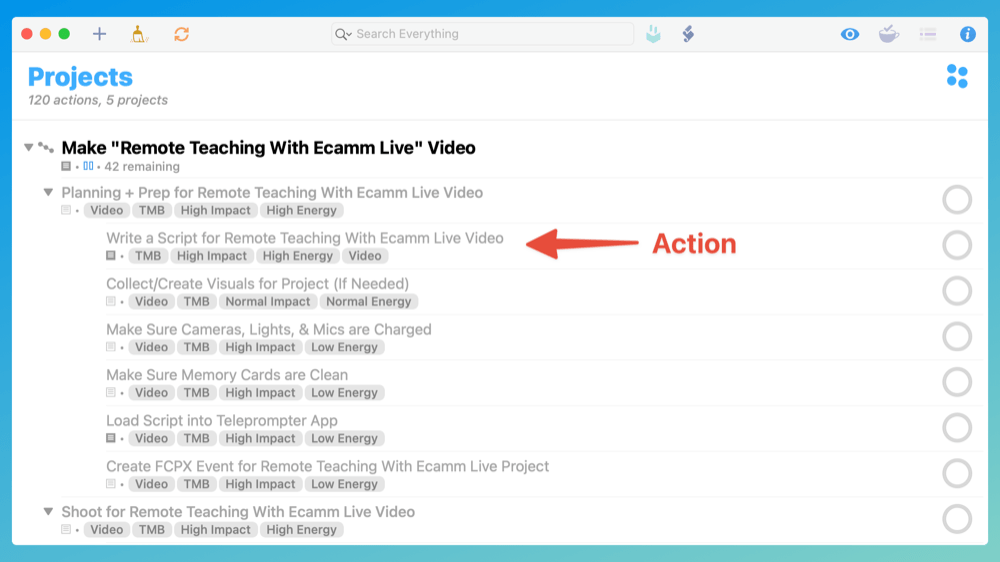
Tasks are things you put in OmniFocus that you start and finish; in other words, they are things you want to get done. Tasks come in three flavors: Actions, Action Groups, and Projects. OmniFocus has a plan for each of these flavors, but you can use them however you like, here is how I use them:
Actions are single tasks that I can get done in one effort, meaning there are no significant steps needed to complete the task. Examples include:
- Switch the Laundry
- Feed the Dog
- Take my Vitamin
While these are simple, relatively mindless tasks, actions can be more complex tasks that require more mental horsepower, but they are still discrete tasks that can be done without any cognitive context switching. Examples include:
- Processing my Email Inbox
- Filling out Paperwork
- Updating Financial Spreadsheets
Actions are the base level of organization in OmniFocus. The rest of OmniFocus is about organizing Actions into varying degrees of complexity. When a task grows beyond the level of organization that an Action provides, you have two options.
Action Groups
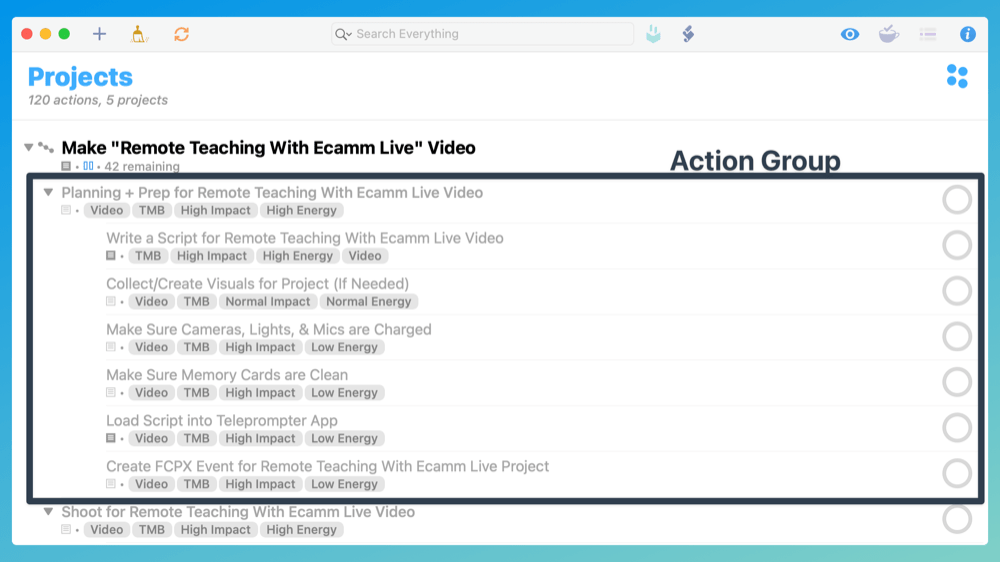
Action Groups are, naturally enough, connected Actions. I use Action Groups mainly as ways to make checklists. If a task has multiple required steps that I need to complete for a thing to happen, those things become Actions, and I bundle those Actions into an Action Group for that task. Examples include:
- Prepare Myself for School
- Put Laptop in My Backpack
- Pack My Lunch
- Fill My Water Bottle With Ice
- Put Lunch, Backpack, and Water Bottle in the Car
This Action Group gets me out of the door every school day, and I never have to pull an emergency u-turn because I left something at home.
Projects
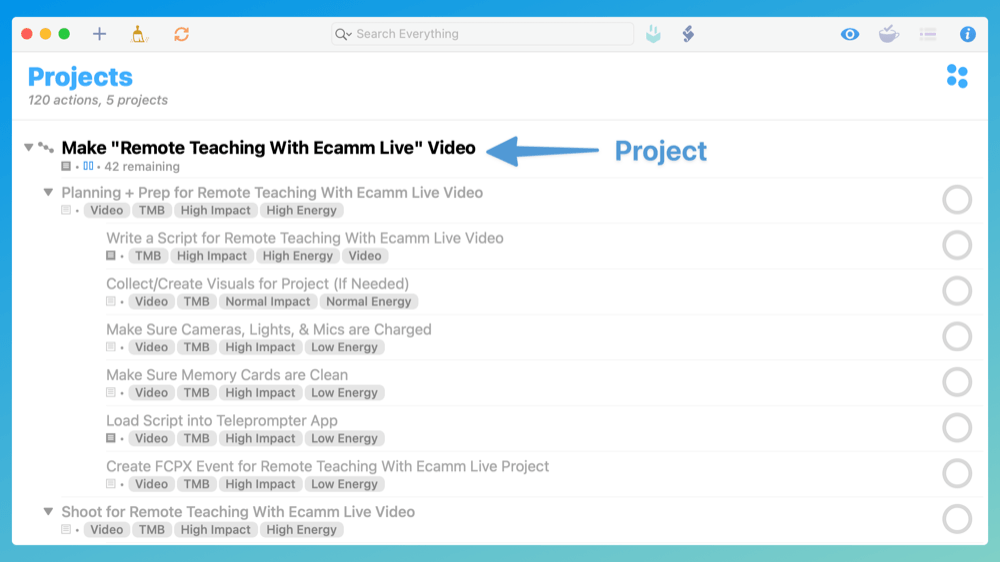
The highest level of organization for tasks in OmniFocus are Projects. The Venn Diagram of Action Groups and Projects might seem to overlap a lot, but those outsides edges contain essential differentiators between the two. For me, Projects are almost always one-time use containers for elaborate multistage tasks that I will complete over days or weeks. For instance, writing this blog post is a Project in OmniFocus.
- Write “OmniFocus Tasks” Blog Post
- Use MindNode to Make a MindMap for the OmniFocus Tasks Blog Post
- Write a Draft of OmniFocus Tasks Blog Post
- Move Google Drive Folder for OmniFocus Tasks Blog Post Into the “In Production” Folder
- Write Excerpt for OmniFocus Tasks Blog Post
- Consider the Need for a YouTube video to Support OmniFocus Tasks Blog Post
- Get OmniFocus Tasks Post and Excerpt Edited
- Create Visuals for OmniFocus Tasks Post (If Needed)
- Find Header Photo for OmniFocus Tasks Blog Post
- Process All Visuals for OmniFocus Tasks Blog Post and Upload to the Media Library on TheMikeBurke.com
- Publish Edited OmniFocus Tasks Blog Post
- Add Finished OmniFocus Tasks Blog Post to LinkedIn Buffer
I used to have an aversion to making a Project because I associated Project with being a “big deal” or “very important.” When I thought that, I would try to wedge multi-stage tasks into Actions, and I would not accomplish all aspects of the task that I wanted to. It was vital for me to identify that Projects are not more critical than Action Groups, or Actions. Projects are just tasks that need to be approached differently.
Conclusion
I use all three of these tasks types every day. While OmniFocus provides enough flexibility for you to accomplish what you want with any of these tools. I have found the delineation I described above to be the most effective combination.
I work better, think clearer, and am less stressed out after I empty my head into OmniFocus. That positive feedback loop leads to me to use OmniFocus more and more. In the end, this enables me to be the dependable friend, father, husband, and teacher I want to be.

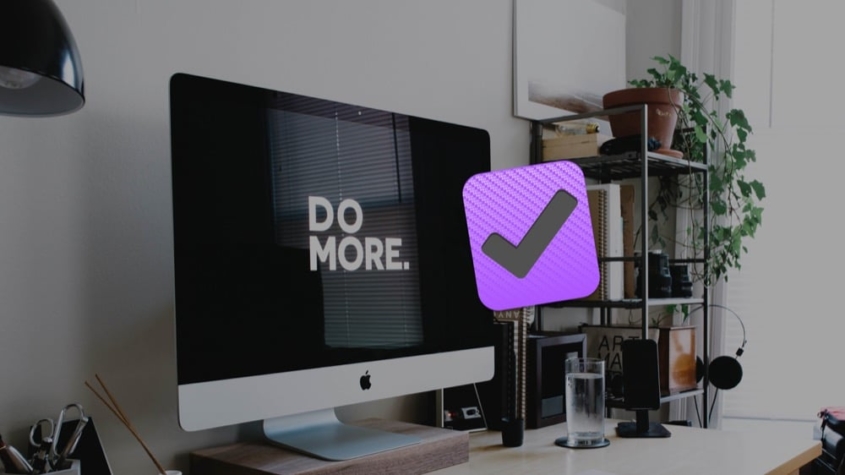

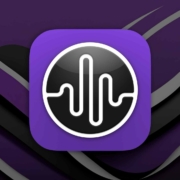



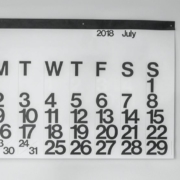




Leave a Reply
Want to join the discussion?Feel free to contribute!